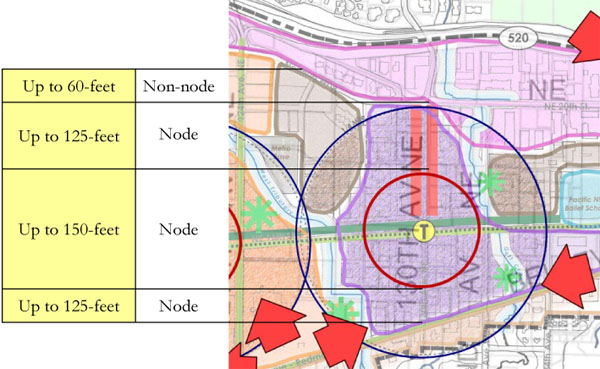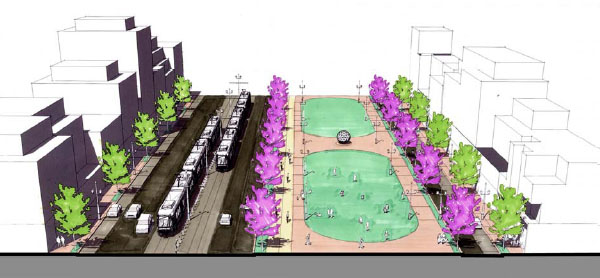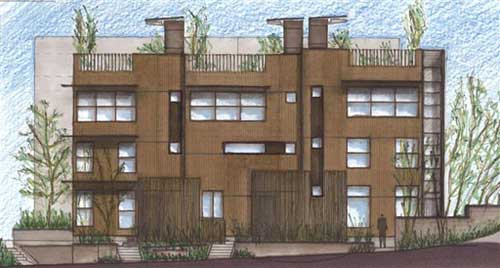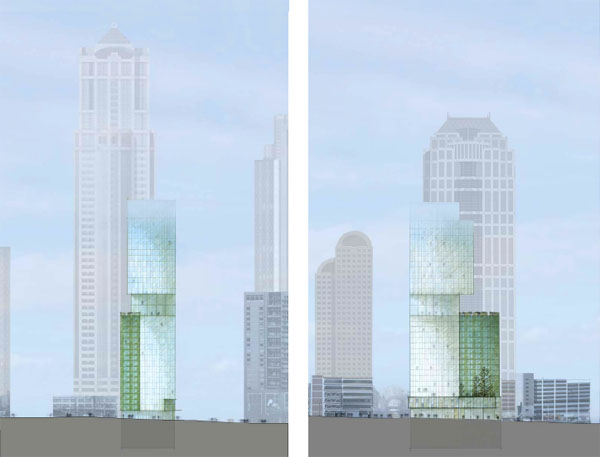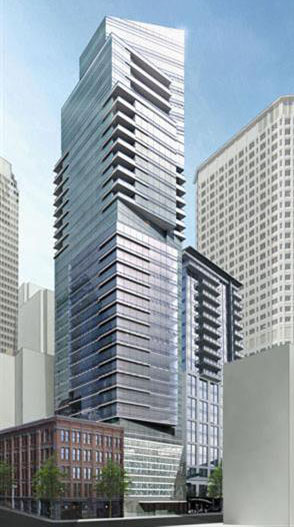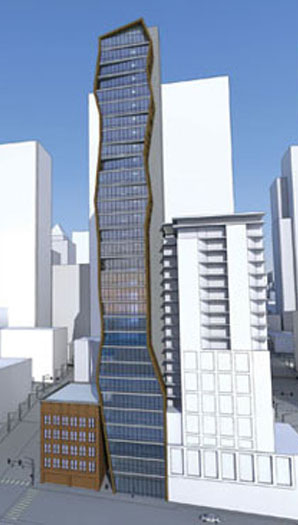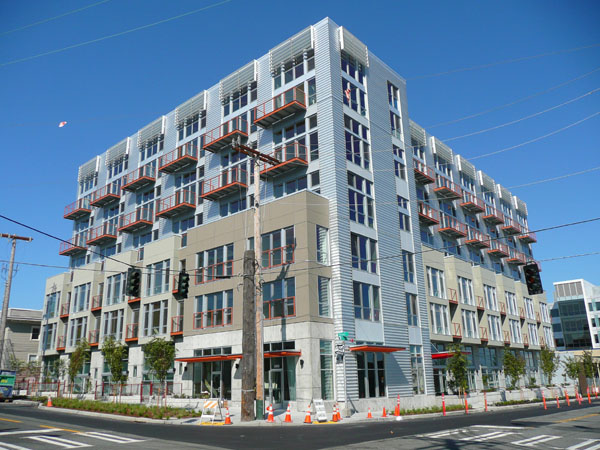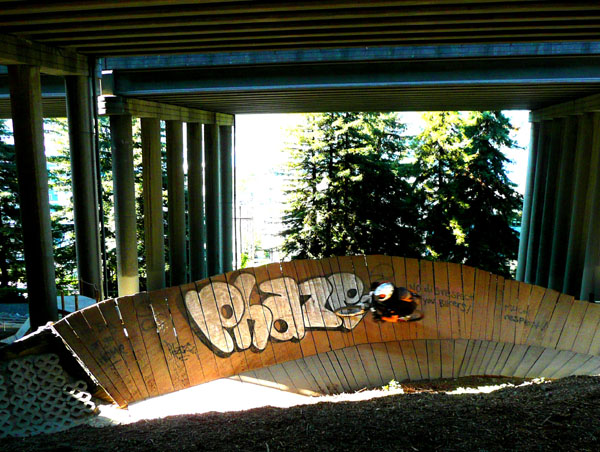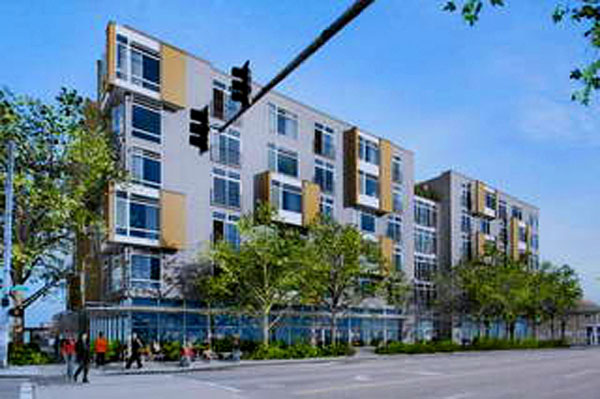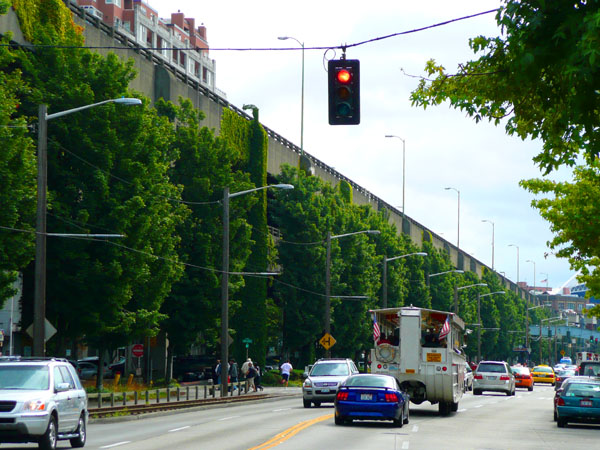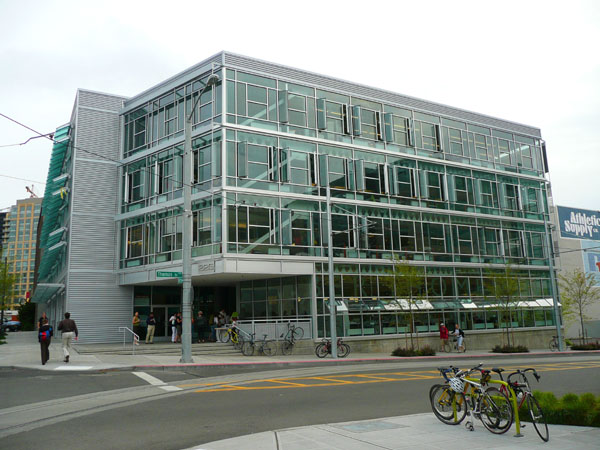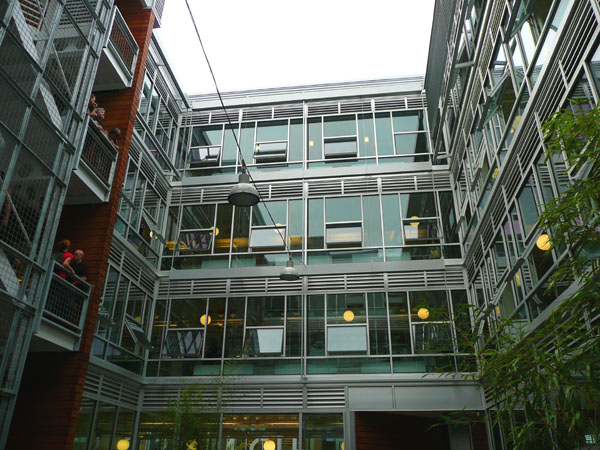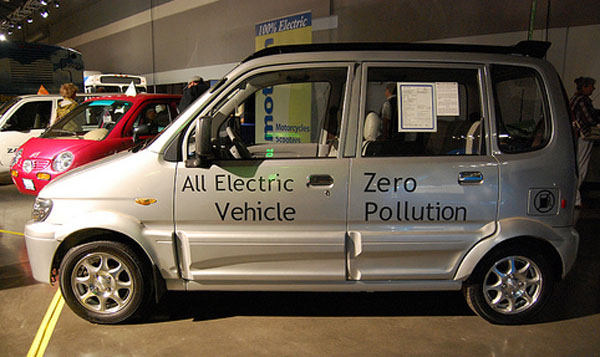
Sadly no, that “all electric vehicle” is not “zero pollution,” and the people who make them should stop asserting otherwise. Yes, an electric car generates no emissions at the “tailpipe,” but alas — and you heard it here first! — electricity does not self-reproduce. That is not to say electric vehicles have no merits — they do, but exaggerated claims are counterproductive.
Now given that Seattle City Light produces carbon-neutral electricity, one might be tempted to argue that in Seattle an electric car actually does have zero emissions. But this claim too, is not defensible. Because the grid is regional, every kWh we don’t use here in Seattle is a clean kWh that can be sent elsewhere to replace energy that might have been generated by fossil-fuels. And furthermore, because our region’s hydropower is already pretty much tapped out, rising demand for electricity will increasingly have to be met by sources other than hydro.
A meaningful estimate of CO2 emissions from electricity calls for the use of a regional average emissions factor, which the Seattle Climate Partnership specifies as 600 grams of CO2 emitted per kWh of electricity consumed. A typical electric vehicle may get around 3 miles per kWh, which yields an emissions rate of 200 gCO2/mile. For comparison that’s about half the emissions of the average car in the U.S. fleet (22 m.p.g; 400 gCO2/mile).
That’s a big reduction, but what it also reveals is that a gasoline-powered car that got 44 m.p.g. would emit CO2 at about the same intensity as a typical electric car. Currently, 34 m.p.g is the best you can do with a conventional car, but 44 m.p.g. is certainly within the realm of technical possibility, especially if it’s a car of similar size and weight to the one shown in the photo. The Prius hybrid gets 46 m.p.g. average.
And what about plug-in hybrids? Pulling numbers from this EPRI report, I calculate 250 gCO2/mile for the 20-mile (mid-range) plug-in hybrid. Again, good, but not all that amazing compared to the most efficient gas-powered cars.
The emissions generated both by all electrics and by plug-in hybrids will decrease as electrical power generation becomes cleaner over time, and we can expect that this will happen (we better hope it does). The EPRI report noted above includes analysis that demonstrates this effect and it is significant, suggesting that electric cars and plug-in hybrids are a good long-term strategy.
Another subtle factor with electric cars is that in most situations the battery charging can occur at night, when peak electrical demand is relatively low. This means adding electric cars to the fleet won’t necessarily require new the construction of new power plants. It is even possible that a distributed network of electric cars could become an beneficial component of the grid, storing up electricity at night, and then pushing it back on the grid during daytime peak demand periods, if the car isn’t being used.
In the end, the trouble with electric cars and plug-in hybrids is that they still consume energy. And in the future we may find ourselves in a situation where we need to use every drop of carbon-free energy for things more important than driving around — critical applications such as heating buildings and powering computers. For instance, I can imagine a future scenario in which every home would have a bank of batteries storing electrical energy at night, but during the day that energy would be needed for use in the home, and there would be nothing left over for a car.
All of this highlights the importance of reshaping our built environment to reduce reliance on cars. Car culture will not be immortalized by a magical invention. But the fortunate thing is, our culture also stands to make major humanistic gains if we manage to wean ourselves from so much car-dependence. We win and the planet wins. Funny how often it works that way.

